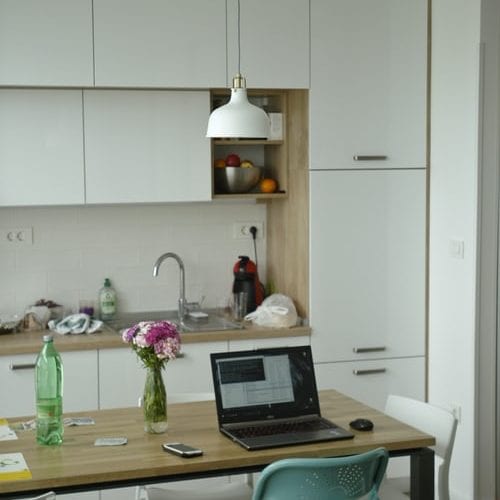
Working from home – can you claim a deduction for your expenses?
Are extra expenses and use of personal assets to work from home deductible against your taxable income? As usual with tax, its complicated.
We’re in week three of the Lockdown, and although the Prime Minister has indicated there may be a possible shift to Level 3 from 22nd April, a majority of employees may still be required to work from home even after that shift.
Naturally, employees will be incurring expenses in carrying out their employment duties. And the question arises, can they claim a deduction for these expenses? And the short answer is no. The Income Tax Act specifically precludes a deduction for “An amount of expenditure or loss to the extent to which it is incurred in deriving income from employment. This rule is called the employment limitation.”
This is a longstanding prohibition which has been in place since the mid-1990s. It was introduced as part of a simplification of tax return filing requirements. Instead, what is to happen is that the employer needs to reimburse employees for such expenditure. The employer will be given a deduction for the relevant expenditure and it will be treated as exempt income of the employee.
But what potentially could be deductible? The Inland Revenue guidelines for businesses with home offices are equally applicable for employees working remotely.
These guidelines allow a deduction of 50% for the rental of a telephone line, if it is also a private line which is used for business. Obviously specific business calls would be deductible. With regard to Internet costs this depends on the plan and the business proportion. How that is determined is a matter of some judgement. In addition to these costs, the business proportion of household expenses such as rates, power, rent or mortgage interest expense could be claimed.
Generally, the business proportion is calculated as the area set aside for use as an office over the total area of the house. For example, if an employee has an office which is say, 10 square metres of a 100 square metre house, then the deductible proportion is 10%.
There’s an alternative option of using a fixed rate as determined by Inland Revenue based on the average cost of utilities per square meter of housing for an average New Zealand household and applying it per square metre of the office area.
For the 2018-19 income year the rate was $41.70 per square metre so in the example above the deduction would be $41.70 x 10 or $417. It does not include the costs of mortgage interest rates or rent and rates. These must be calculated based on the percentage of floor area used for business purposes.
As the area being used cannot be said to be entirely dedicated to office use, a full deduction based on these apportionments is probably not available. The area of the room used for non-business purposes for example a bed or other furniture should be excluded. Arguably the deduction would be time-limited (for example, if it was only in office use for 8 hours a day, then only one-third could be claimed).
For the employer, they may be able to claim GST on the relevant proportion of GST expenditure claimed using the standard apportionment methodology, if the employee provides invoices. At this point the employer is probably thinking this is getting needlessly complicated.
A more practical approach would be for the employer to simply pay a flat rate allowance to employees. This is allowable if the allowance is based on a “reasonable estimate”.
The other potential issue is fringe benefit tax. Theoretically, FBT applies on the private use of tools such as mobile phones and laptops. Fortunately, there is an FBT exemption if the laptop or mobile phone is provided mainly for business use and the cost of those laptops and mobile phones is no more than $5,000 including GST.
All of the above represents a compliance nightmare for employee employers and possibly a target rich environment for Inland Revenue in a future date where it considers that the allowances paid, or deductions claimed for home office expenditure, have been excessive. In this instance the employer will be liable for the PAYE which should have been deducted from the amount determined to be excessive/non-deductible.
In practical terms, Inland Revenue might simplify clarify a lot of issues for employers and employees alike by issuing a determination setting out a flat rate amount of expenditure it would consider acceptable. An employer could pay above that amount but then PAYE would be applicable.
Of course, all of the above is somewhat hypothetical, if the employer has no cash flow to pay any such allowances. I suspect that is the matter employers are most concerned about right now. In the meantime, let’s hope we can return to a new normality soon.
This article was first published on www.interest.co.nz
